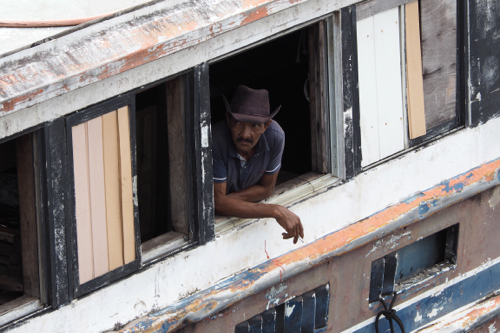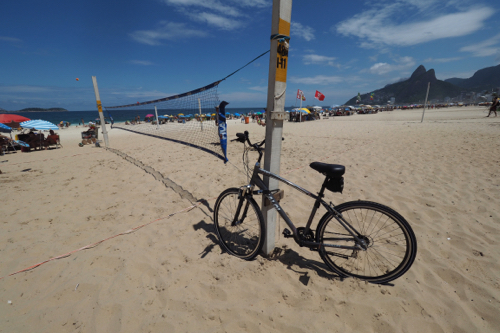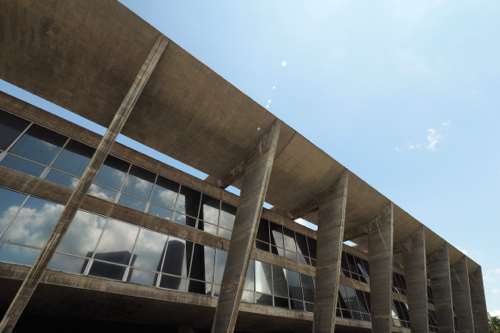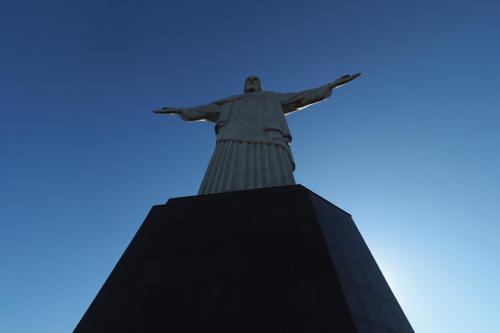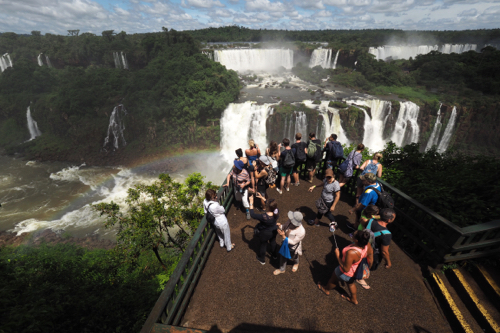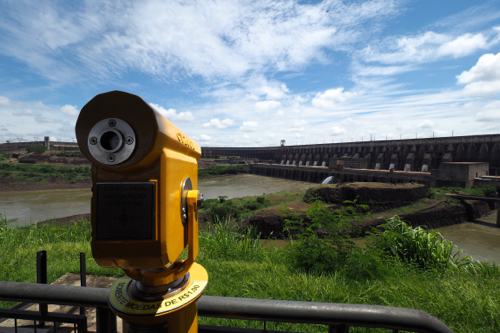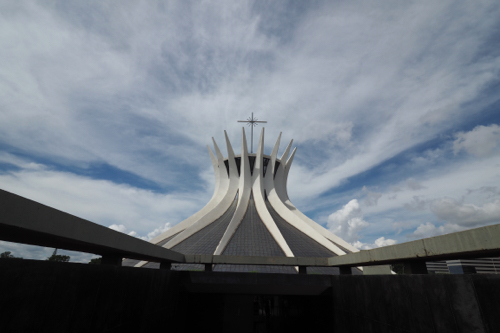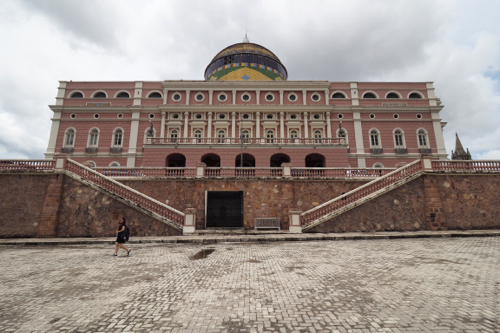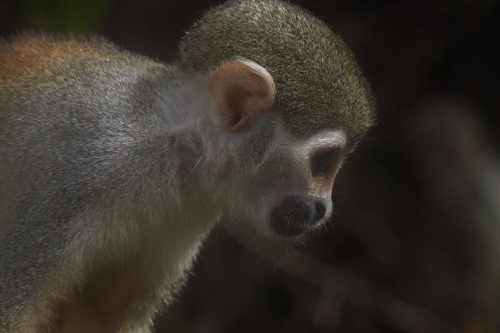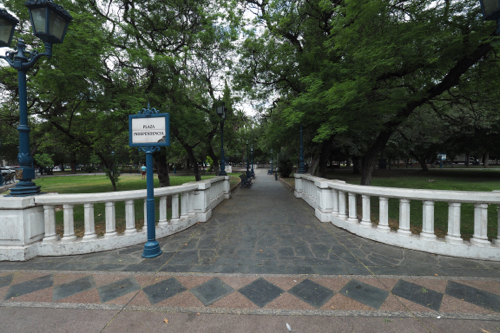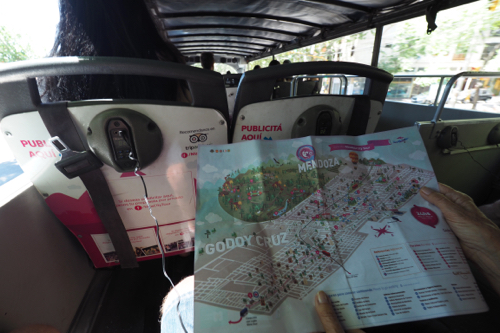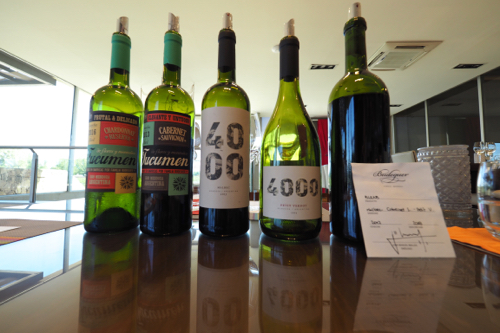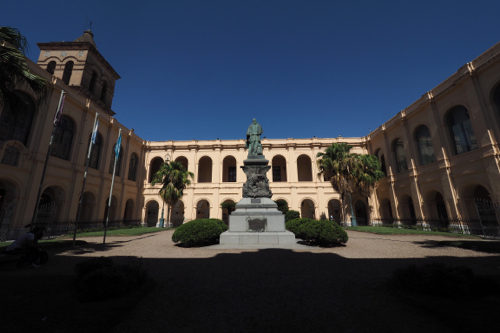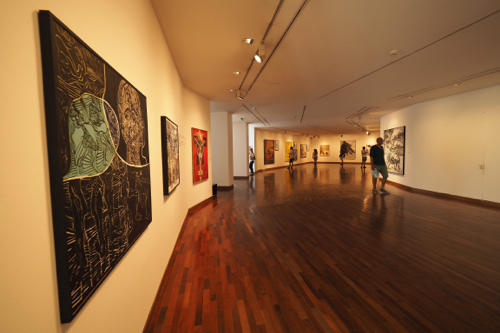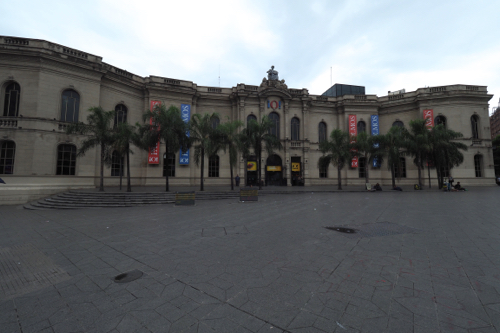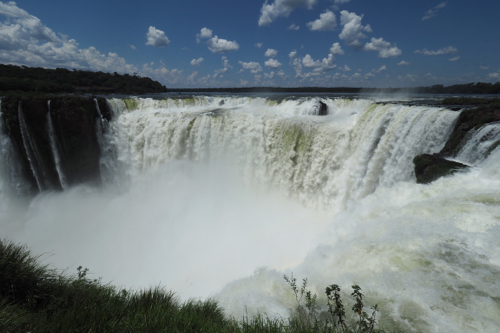March 9, 2018. The Amazon and Manaus to Rio de Janeiro, Brazil.
Today we were leaving the ship and flying to Rio de Janeiro.
We were up on deck at 6am to see the Meeting of the Waters. This is where the black waters of the Negro River joins the muddy waters of the Solimöes River to create the mighty Amazon.
The Negro River has a ph balance of 6.2 and a temperature of 28°C, while the Solimöes River has a ph of 4.6 and a temperature of 22°C. On joining, the the two rivers run side by side for about 6 kilometres without mixing.
When the waters meet, the fish from one river can’t survive in the other.
The other big difference is in the colour of each river. The Rio Negro is like black tea, while the Rio Solimöes is the colour of milk coffee.
After we docked and had our bags put into storage we went for a walk around Manaus. Which was rather silly as it was 32°C with a humidity of 90%.
The Manaus Municipal Market, Adolpho Lisboa was our first stop. The market stalls weren’t that interesting but the architecture was. There were two distinct pavilions. The first was built in 1882 and was constructed with wrought iron. It had wonderful stained glass windows at the entrances. The other was built in a Neo Classical style in 1906, with an imposing painted brick facade.
From there we walked to the Palacio Rio Negro. Completed in 1911 by the German ‘Rubber Barron’ Karl Waldemar Scholz and originally named as Scholz Palace. It was renamed in 1918, when it was acquired by the government and used as the seat of power.
Built in the architectural style known as ‘Eclectic’ it borrows its features from many different eras.
Unfortunately it didn’t open until the afternoon, so we only got to see the outside.
After that we walked back to the main square for a cup of coffee.
Then it began to pour. This was tropical rain that made the tin roofs shudder and Thea got trapped in the toilet, which was outside, during the second deluge.
Not wanting to get soaked we opted to get a taxi back to the port to collect our bags and then head to the airport.
All in all we walked over seven kilometres in the heat and humidity. But it was good to get out after having been virtually confined to the boat for four days.
It was almost a four hour flight from Manaus to Rio de Janeiro, and that included a one hour time change.
This would be our last stop before heading home later in the week.
March 10, 2018. Rio de Janeiro, Brazil.
We were staying at the Best Western Premier Arpoador Fashion Hotel. The ‘fashion’ aspect of the hotel was delivered by a series of photos of fashion models that were around the hotel. There was also a catwalk video playing in reception.
It was a good hotel with an excellent restaurant that served a great breakfast.
The restaurant was also open in the evenings for dinner. We ate there on our first night and I had a very tasty seafood with black rice.
The hotel was very close to Ipanema, a small shopping area near the famous beach.
After breakfast we walked to Praça General Osório, a park close to the hotel, then onto Ipanema Beach.
On the way we found D.O.N. Barber Beer, where I had a much needed haircut. When we walked in the door it seemed to be more about the beer, until we discovered the barbers shop was upstairs.
I decided that we should return, as they had a good range of Brazilian craft beers. Unfortunately we never did.
Overlooking Ipanema Beach is the Arpoador Rock. From there you can get a great view of both the beach and Sugar Loaf, one of the granite and quartz monoliths that dominate the Rio skyline.
It was 30°C with 60% humidity so we stopped for lunch at Copacabana Beach. While having lunch we were hounded by vendors selling everything imaginable.
In the evening we had dinner at Carretão at Ipanema. This was a classic steakhouse with a fixed price and an all-you-can-eat buffet on the side.
March 11, 2018. Rio de Janeiro, Brazil.
There is an excellent Metro system in Rio, so we hopped on the train and went to see the Museum of Modern Art.
MOM, as you would expect, is full of abstract art, with many of the artists choosing not to title their work.
I have an issue with this.
By titling abstract art the creator can give it an extra meaning, especially if the title is in itself abstract and needs thinking about.
So the question is, should an artist title his art or leave it untitled?
The exhibitions at MOM we all created from works owned by the gallery. The curators cleverly themed each exhibit and chose gallery art to complement their idea.
There was one original show by José Bechara. These featured his paintings as well as metal and glass sculptures.
Apart from a Jackson Pollock print, a Henry Moore sculpture and a few other internationals, the majority of the work was from Brazilian artists.
The building is also a notable example of Brazilian Modernism. It was was designed by Affonso Eduardo Reidy and completed in 1955.
The gallery is situated in Flamenco Park, an urban planning project, on the coast of Rio.
After visiting MOM we walked back through the Flamenco Park area until we found another Metro station.
There are constant warnings about safety in Rio, especially for tourists. We never encountered any problems but we were told on several occasions, by concerned locals, to keep our cameras out of view.
However there must be serious security issues in the city, as everyone seems to live in a cage. All apartments, shops and businesses have very strong looking steel grills in front of the buildings and CCTV is everywhere.
March 12, 2018. Rio de Janeiro, Brazil.
We booked through the hotel to go on the ‘One Day in Rio Tour’.
In the morning we only visited two sites, Sugar Loaf and the Cathedral. The rest of the time was spent picking up and dropping off passengers.
In the afternoon we only visited one site, Christ the Redeemer on Corcovado. We took the train through Tijuca Forest National Park to get there.
All in all it wasn’t good value for money, as the rest of the sites that were promised on the agenda were just a ‘drive by’ visit.
Then to rub salt into the wound they took us to Carretão for lunch, the same restaurant we had been to two nights earlier.
They need to use smaller busses, to reduce the pick-up and drop-of times, rather than trying to ferry large groups around in full size coaches.
We would have been better off using taxis and just paying our own way at each of the sites we visited. In fact by doing that we would have been able to get a lot more out of the day than we did.
And it would have been a lot cheaper.
March 13, 2018. Rio de Janeiro, Brazil.
After doing a ‘drive by’ of the city centre on the previous day we decided to see it in more detail.
Re-charging our Metro cards we headed into central Rio de Janeiro.
No sooner had we arrived than it started to rain – this was becoming all to predictable.
Like many cities, Rio’s street names reflect the history of the city and the people who created it.
The authorities have made this a feature in Rio by including dates and accomplishments along with the name of the person. This is all contained within the street sign.
For example, Rue Martim Alfonso (1500-1564) commemorates the Portuguese explorer and colonial administrator who was the first Royal Governor of Brazil.
The rain cleared in the afternoon and we continued our city tour. We then hopped back on the Metro and went to the Botanical Gardens, which is near the very posh suburb of Leblon.
Founded in 1808 by King John VI of Portugal, the gardens were originally intended for the acclimatisation of spices that came from the West Indies.
There are now 6,500 different species in 54 hectares of very well maintained area.
March 14, 2018. Rio de Janeiro and Petrópolis, Brazil.
On our last day of touring we took a trip to Petrópolis, or The Imperial City.
The town’s name means City of Peter in honour of Pedro II, the last Emperor of Brazil. Petrópolis is the spiritual home of the Brazilian aristocracy. Founded in 1843, it was the summer residence of the Brazilian Emperors
The area was first settled by Emperor Pedro I who found the mountain climate a good change from the heat of Rio. His son, Pedro II, ordered a settlement be build with the assistance of the newly arrived German immigrants.
It’s about 70 kilometres from Rio de Janeiro to Petrópolis, an alpine town of over 300,000 inhabitants.
Leaving the city we got a feel for how big Rio really is. With over 12 million inhabitants in the metro area alone, it’s not surprising.
Our guide to Petrópolis was Julio, a retired history teacher. He knew his facts and gave a good commentary.
Our first stop was at a German inspired café, Casa do Alemão where we stopped for a coffee.
Palácio Quitandinha was next, but we could only see it from a distance. Designed by the Italian architect Luis Fossatti, and built in 1946, it was a luxury resort hotel for the rich and famous of Rio. Today the hotel rooms have been converted into privately owned condominiums. While the public areas, originally decorated by the famous American designer Dorothy Draper, have been fully restored.
Part of our tour took us past the Imperial Museum of Brazil. Built in 1845, it was the former summer palace of Emperor Pedro II (1831-1889) and is one of the most visited museum in Brazil.
Germans have had a huge influence on Brazil, especially in Petrópolis. German immigration started in 1824, decades before other Europeans came to the country. The population of German/Brazilians rose rapidly due to the highly successful birthrate among women of German origin.
In fact about one third of the population of Petrópolis have German ancestors.
The last stop in Petrópolis, before heading back to Rio, was the House of Santos Dumont.
Santos Dumont (1873-1932) is regarded, especially in Brazil, as the first person to fly a practical airplane in 1906, preceding the Wright Brothers.
He is a national treasure with countless roads, schools, monuments and of course airports named after him.
He spent most of his adult life in France, designing and flying lighter-than-air balloons and heavier-than-air flying machines.
He believed so much in the future of powered flight that he freely published his ideas and designs without every patenting them.
On our last night we again ate at the hotel restaurant, as we had a very early flight to catch the next morning.
March 15, 2018. Rio de Janeiro, Brazil to Melbourne, Australia.
We were up at 2:45am to get our flight home.
It was raining again in Rio de Janeiro so a good time to leave.
Our flight took us across South America, over the Andes and back to Santiago in Chile. This was only a stop-over before getting a connecting flight back to Melbourne.
This route took us south, very south. In fact we passed closer to the south pole than we had been on our Antarctic cruise.
